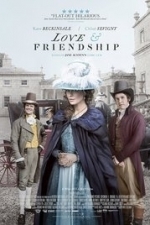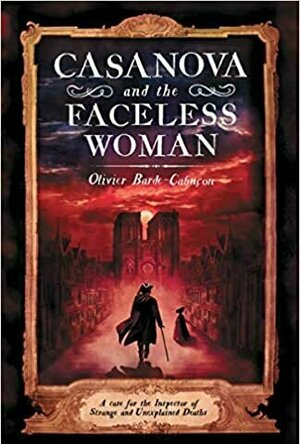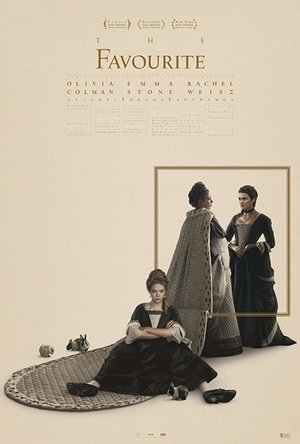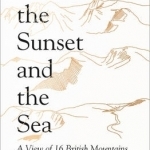
Between the Sunset and the Sea: A View of 16 British Mountains
Book
'I watched the mirror for a last view, for now, of the frozen mountains of Glen Coe. As the road...
Bob Mann (459 KP) rated Love And Friendship (2016) in Movies
Sep 29, 2021
Playing many different ends against the middle, Lady Susan – with the collusion of her American friend Alicia (Chloë Sevigny) – attempts to both find a suitably rich suitor for her daughter Frederica (Morfydd Clark) as well as finding a rich husband for herself to allow her to stay in the manor (sic) to which she has become accustomed. A tale of deception, pregnancy and a marriage of convenience follows: does Lady Susan have to choose between her sexual desires and the rich, stupid and dull Sir James Martin (Tom Bennett, “David Brent: Life on the Road”). Or can she have her cake and eat it?
Based on a Jane Austen short story, “Lady Susan”, this is a delight from beginning to end. However, it does require the attention of the viewer: characters get introduced to you in rapid fire succession, and keeping track of who’s who and how they interrelate is quite a challenge.
But this is a tour de force for Kate “Underworld” Beckinsale who delivers a depth of acting ability that I’ve not seen from her in the past. Her comic timing is just sublime, and while comedies are often overlooked in Awards season, this is a role for which she richly deserves both BAFTA and Oscar recognition.
Stephen Fry joins what is a superb ensemble cast. But outstanding among them is Tom Bennett who is simply hilarious as the nice but dim Sir James. The comic routine about his misunderstanding of “Churchill” (Church – Hill) – a running gag – is sublime and a challenger (with “Was that it t’were so simple”) for the comedy routine of the year.
Directed by Whit Stilman (“The Last Days of Disco”) from his own screenplay, this is one for the more sophisticated viewer: requiring of your full attention, but a treat for the eyes, ears and brain.
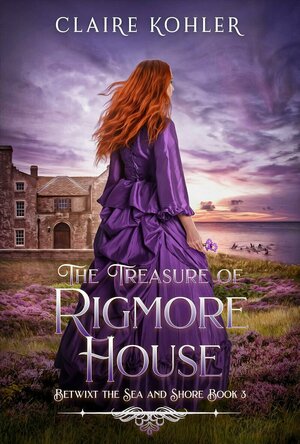
The Treasure of Rigmore House (Betwixt the Sea and Shore #3)
Book
An heiress forced to choose a husband by her next birthday. A former selkie bent on revenge. Can...
Historical Fantasy Romance
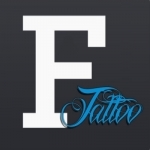
Tattoo Fonts - design your text tattoo
Lifestyle
App
Introducing TattooFonts 2 Rewritten completely from scratch. Sharpest fonts, fastest rendering time....
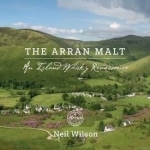
The Arran Malt: An Island Whisky Renaissance
Book
Despite being only 21 years old, Lochranza Distillery on the Isle of Arran is the latest in a long...
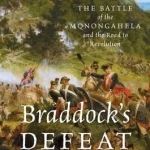
Braddock's Defeat: The Battle of the Monongahela and the Road to Revolution
Book
On July 9, 1755, British and colonial troops under the command of General Edward Braddock suffered a...
This book was quite a slow burner for me. First of all, there is not much progress happening towards the murders, and secondly, it is a very political book. There is a lot of scientific talks about alchemy, potions and other science-related things, that sound interesting, but at the same time doesn’t make sense to me at all. :/ The topics discussed in this book were paedophilia (the king was a paedophile), prostitution, scientific inventions, alchemy, French political affairs, etc. There were not many things happening in this book, and I missed the twists and turns to speed up this book.
The writing style of this book is very rich and sophisticated, the author has to be a true intellectual, who is into philosophy and science. It is a translation from French, that’s why it is filled with French expressions and place names. The chapters were too long for my liking and felt quite draggy sometimes. The ending was quite interesting but didn’t leave me fully satisfied. So, to conclude, it is a very complex novel, filled with refined characters, and very layered and political plot. This book is very beautifully written and I believe that the author is very gifted, to be able to write a book like this, but the reader has to be an intellectual as well, to appreciate and enjoy it. So if you are into 18th century France, and enjoy books about politics and science, this historical thriller will be for you.
BankofMarquis (1832 KP) rated The Favourite (2018) in Movies
Jan 24, 2019
And I'm glad I did for THE FAVOURITE is a biting, funny, sarcastic, bizarre, intense and interesting Royal Court drama about the inner workings, back channel dealings and backstabbing social climbing in Queen Anne's court in England in the early 18th Century as seen through Lanthimos' camera lens - a lens that is different indeed.
Starring Oscar winners Rachel Weisz (THE CONSTANT GARDNER) and Emma Stone (LA LA LAND) in their Oscar nominated turns as cousins who vie for the attentions of Queen Anne (Olivia Colman, also Oscar nominated), it is the rare film that features 3 strong women who play off each other well and where each one is a full character in and of themselves - all 3 with strengths and weaknesses that make them real and compelling and performed by 3 strong actresses. Needless to say that each Oscar nod is well deserved.
But the real star of this film is the sensibilities and camera work of Lanthimos. He uses unusual camera angles, unusual angles and bizarre imagery to show the unreality of the court in relation to the real world around them and is a commentary on these people as much as it shows the action on the screen. This film is an artist with a true, unique vision and is one that, while not for everyone, is one that worked for me.
Lanthimos layers on a rich tapestry of story (by Oscar nominated Screenplay writers Deborah Davis and Tony McNamara) locations (by Oscar nominated Production Designers Fijona Crombie and Alice Felton), Costumes (by Oscar nominated costumer Sandy Powell) , editing (by Oscar nominated Yorgos Mavropsaridis), Cinematography (by Oscar nominated Robbie Ryan) and performances, direction and film.
I think you get the point - this film has become (rightfully so) a darling of the Awards season and is well worth checking out - while this film is not entirely successful in what it attempts to do, it is fun to watch the attempt and the strong performances, characters, direction, costumes, cinematography, etc...which more than makes up for any shortcomings in the story (especially the final act of the film).
Letter Grade: B+
7 1/2 (out of 10) stars and you can take that to the Bank(OfMarquis)
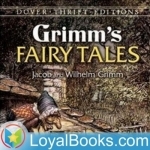
Grimms' Fairy Tales by Jacob & Wilhelm Grimm
Podcast
Talking animals, wicked stepmothers, valiant tailors, cruel witches! Sixty-two stories that feature...
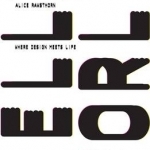
Hello World: Where Design Meets Life
Book
Hello World is Alice Rawsthorn's definitive guide to design and modern life Design is one of the...
